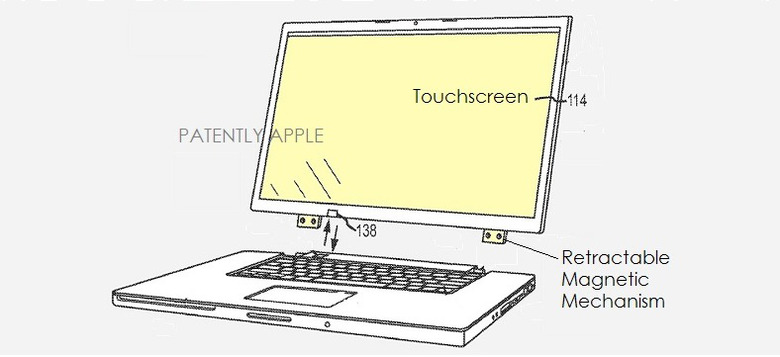Apple Invented The 'Ultimate Laptop' Back In 2011, Decided Not To Produce It
Right after Microsoft unveiled the Surface Book (a.k.a., the "ultimate laptop"), I wrote that I hope Apple copies the idea and creates a similar iPad/MacBook combo. I said that despite the fact that Apple has steadfastly insisted it will never merge iOS and OS X. In Apple's view, there are specific purposes for the iPad and the MacBook, so seeing a Mac with a touchscreen display seems out of the question.
However, it looks like Apple studied the "ultimate laptop" idea as far back as 2011, when the company first filed for a patent describing such a piece of technology.
DON'T MISS: Comcast's attempt to bash Google Fiber backfires hilariously
The Surface Book's most striking feature is its detachable display that impressed the audience during Microsoft's announcement. The feature was so secret that the company never demoed to anyone until the event except for Microsoft execs.
The same kind of laptop – a MacBook-like device in this case – is shown in Apple's Wireless Display for Hybrid Notebook patent that was awarded to Apple on Tuesday. The invention, picked up by Patently Apple, details a laptop-like device that has a keyboard dock and a display that features a retractable magnetic mechanism, which helps it attach to the keyboard dock.
According to the site, the display has a wireless chip that's communicating with the base's own wireless chip. It also has a separate wireless chip that connects to the power source.
The patent was originally filed in the third quarter of 2011 during a time when Apple was selling iPads like hot cakes. The documentation shows that Apple is interested, at least in theory, in such MacBook concepts. At the same time, Apple routinely files patents on all sorts of inventions and many of them never get used in commercial products.
The patent site also highlighted a second Apple patent from the 44 the company received this week. The patent describes an "ultra-low travel keyboard" that would feature 3D Touch functionality. The keyboards would be able to measure the pressure of a key press and react accordingly by producing an appropriate action on the screen.
Filed in the third quarter of 2013, the keyboard patent doesn't specifically mention 3D Touch, but considering that versions of the pressure-sensitive UI interaction method are available across Apple's products — including iPhone, Apple Watch and MacBook — it wouldn't be surprising to see future keyboard versions incorporate 3D Touch support.
